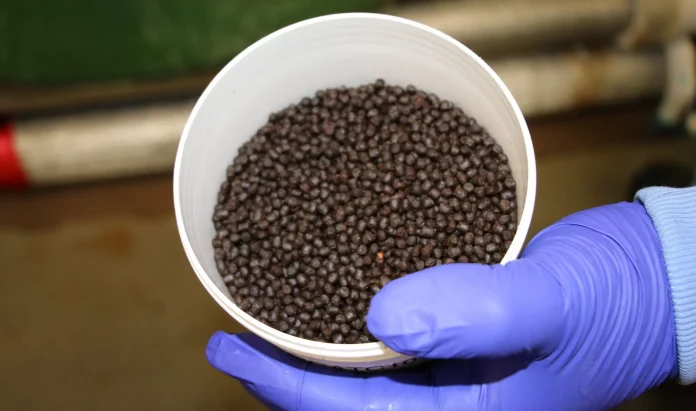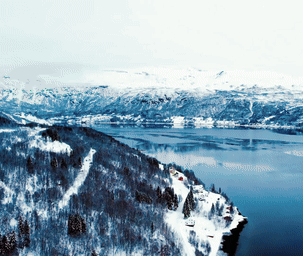Study cites 2023 Peru anchoveta closure as proof of supply vulnerability.
Aquaculture’s expansion may be constrained by reliance on volatile feed inputs, according to a study in Nature Food by researchers from Xiamen University, the University of Massachusetts Boston, the University of Arizona and the University of Tasmania.
The analysis estimates the sector would need about 1.8 million tonnes a year of alternative ingredients to meet rising demand for high-value species such as salmon and shrimp.
Using a shortfall impact model, the authors report that climate and management pressures could cut global forage-fish catches by nearly 20%, potentially reducing fed aquaculture output by 35%, and by more than 70% for some species if alternatives are not scaled.
The paper highlights microbial, algal, insect and next-generation plant proteins and algae oils, alongside advances in breeding, formulation and circular by-product use.
The study points to recent market volatility, including the 2023 Peru anchoveta closure, as evidence of supply risk and notes commercially available algae oils partially filled the gap.
The work was undertaken by volunteer judges of the F3 – Future of Fish Feed initiative.


